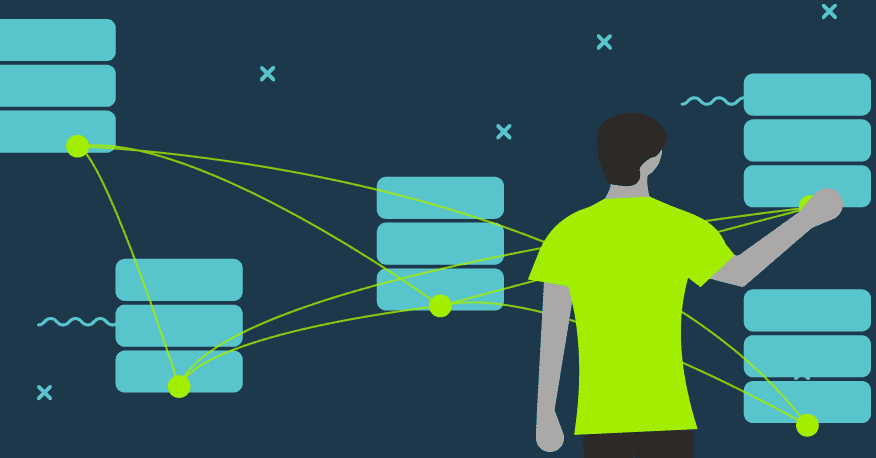ABOUT THE AUTHOR
Paweł Parol
Solution Architect
Paweł is a network architect and SDN engineer with over 10 years’ experience in the telco/IT industry. His main areas of interest are SDN solutions, Edge Computing, and network automation. Paweł has participated in many projects (including European research projects) on innovative network solutions and cloud architectures. He is the author of several scientific publications. After hours, he enjoys playing the piano and guitar, usually improvising.

Recent posts by Paweł:

OBSERVABILITY
NETWORKS
Introduction to network telemetry

Paweł Parol
on Feb 2, 2023
CLOUD
NETWORKS
From Kubernetes Ingress to Kubernetes Gateway API

Paweł Parol
on Nov 18, 2022
NETWORKS
CLOUD
Service mesh vs. Kubernetes Ingress — what is the difference?

Paweł Parol
on Jul 29, 2022
NETWORKS
CLOUD
What is a service mesh — everything you need to know

Paweł Parol
on Jul 22, 2022
NETWORKS
CLOUD
How to build CNFs using Ligato framework

Paweł Parol
on Jun 10, 2021
NETWORKS
Why Vector Packet Processing is worth your time

Paweł Parol
on Jun 7, 2021
SOFTWARE DEVELOPMENT
NETWORKS
SmartNICs with P4 support

Paweł Parol
on Jul 13, 2020
SOFTWARE DEVELOPMENT
NETWORKS
P4 Network Programming Language — what is it all about?

Paweł Parol
on Apr 22, 2020![Thumbnail of an article about [interview] Unlocking the future: A glimpse into the world of R&D at CodiLime](/static/cce70d403805d7f272e4c2c3f3d1fbc6/8f342/r-d-thumbnail.jpg)


